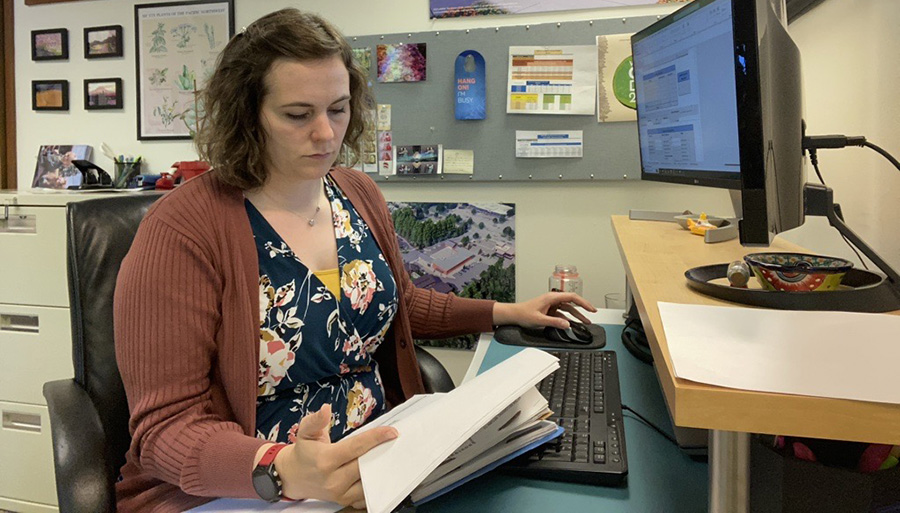Cuts to a USDA loan program put home purchases on hold for low-income buyers nationwide.
Sam Christy did everything within her control to set herself up for an affordable home purchase. She worked hard running her business, Elevated Elder Care, which provides medical and social support to islanders, she sacrificed and saved, and she did inordinate amounts of paperwork with accuracy and timeliness. The one thing she could not control was the Congressional budget. In March of this year, Congress voted to cut funding for the USDA 502 Direct Loan Program by about a third—from $1.25 billion last fiscal year to $880 million this year.
With interest rates for a conventional mortgage exceeding 7%, the below-market rates offered by USDA are essential to many low-income homebuyers. Depending on need, the program offers payment subsidy, effectively reducing the monthly payment to as low as 1% interest. (The subsidy is repaid upon resale with the possibility of forgiveness in special circumstances.)
“There isn’t a lot of wiggle room with the sale of an affordable home,” explained Homeownership Program Coordinator Sherri Raines. “You can’t earn too much, but you can’t earn too little either.” A prospective buyer must meet stringent income requirements set by the government agency that funded its construction or subsidized the sale price (buyers must earn at or below 80% area median income, or $76,600 for a two-person household). But they must also earn enough to pay the mortgage (HRB requires that housing costs constitute no more than 35% of household gross income). For Christy and others who fall on the lower end of an already narrow income bracket, a conventional mortgage with a higher interest rate would make monthly payments unaffordable.
Christy received a certificate of eligibility from USDA in April and expected to purchase a townhome in June. Washington receives its USDA funds in installments spread out over the year, but the first disbursements have already been claimed by buyers who are either ahead in line or earn under 50% area median income, a demographic prioritized by the agency. In years past, Washington collected unused funds from states that did not have sufficient affordable housing systems in place to make use of them. But with the reduction in funding, Washington is unlikely to receive this windfall, which only compounds the shortage. And so, like other homebuyers across the country, Christy has begun the waiting game.
HRB, too, has done everything within its control to create the conditions for successful home sales. In fact, last fall Raines became a certified 502 Direct Loan packager, the only one practicing in Kitsap County, and has been working with applicants individually to explain and expedite the process. HRB has 33 households in process with USDA .
“Having worked with buyers for many months, this could not be more personal for me,” said Raines. “I know and care about my clients. And I know that waiting is a lot harder than it seems. Applicants must remain income eligible, which for those at the upper limit can be endangered by something as simple as taking a vacation-day payout. Many end up staying in rentals, which were never intended to be long-term and whose rents might deplete their down payments. The USDA 502 Direct Loan program is a powerful and necessary tool to encourage homeownership among low-income households and to help to redress some of the inequality in this country. It is painful to see an already underfunded program suffer further cuts.”
